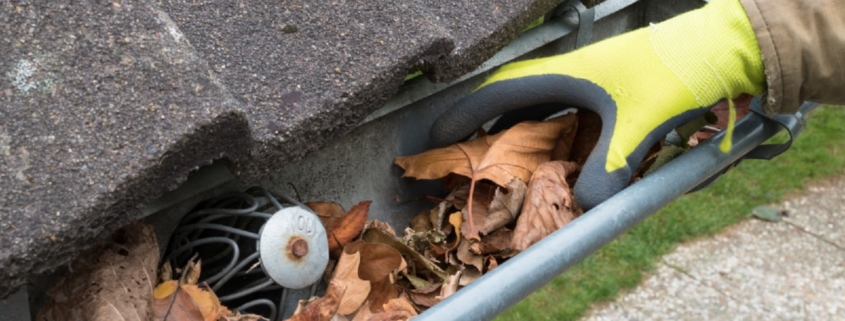Effective Strategies for Reducing Construction Waste 682
The rise of eco-friendly practices is shaping the future of construction. Innovations in modern construction techniques are not only transforming the industry but also significantly reducing its environmental impact.
The building industry has traditionally been a major contributor to environmental pollution, accounting for a large percentage of global carbon emissions. However, with growing awareness and commitment to sustainability, the industry is embracing eco-friendly practices into its processes. This shift is not only a response to the increasing demand for environmentally friendly building options, but also a reflection of the industry’s acknowledgment of its environmental responsibilities.
An important innovations in this context is the use of sustainable materials. Contemporary construction companies are moving away from non-renewable resources and opting for sustainable alternatives such as reclaimed materials, and sustainable alternatives. This shift not only reduces the environmental impact of the construction process but also promotes a circular economy by reusing and recycling materials.
Another important innovation is the use of green technologies. From solar panels to energy-efficient heating and cooling systems, modern construction practices are increasingly integrating these technologies into building designs. The result is buildings that not only consume less energy but also generate their own, reducing their carbon footprint and promoting sustainability.
But it’s not just about materials and technologies. Eco-friendly construction also involves designing buildings to work with the natural environment, rather than against it. This can involve everything from optimizing natural light and ventilation to reduce energy use, to designing buildings to blend in with and complement their natural surroundings.
Despite the hurdles, the construction industry is increasingly moving towards these eco-friendly practices. The result is a future where buildings are not only more environmentally friendly but also more cost-effective and healthier for their inhabitants.
In conclusion, the future of construction lies in adopting sustainable practices. This means not only using sustainable materials and technologies but also designing buildings to work in harmony with the natural environment. The result is a future where construction is not only more sustainable but also more efficient and cost-effective. As the industry continues to advance, we can expect to see even more exciting and sustainable developments in the years to come.
For more details, check best Roofing Services Dublin or visit their Roofing Dublin business listing here.



